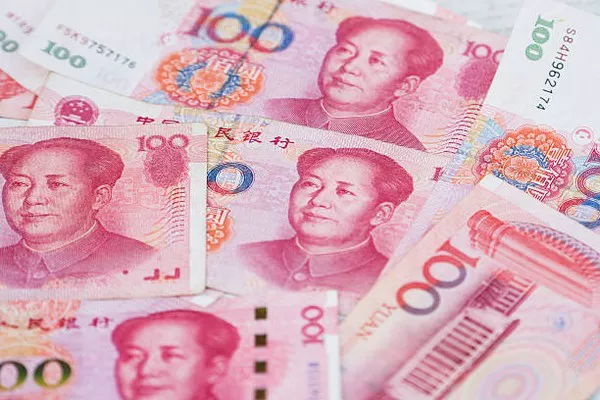In the ever-evolving landscape of global economics, currencies play a pivotal role in determining the strength and stability of nations. A strong currency reflects a robust economy and often signifies stability, trust, and attractiveness for investors. Understanding the dynamics behind strong currencies is crucial for investors, policymakers, and individuals alike. In this article, we delve into the top three strong currencies, analyzing their key attributes, economic foundations, and global significance.
The United States Dollar (USD):
The United States Dollar, commonly referred to as the USD or simply the dollar, stands as the world’s primary reserve currency and holds a dominant position in global trade, finance, and commerce. Several factors contribute to the strength of the USD:
a. Economic Size and Stability:
The United States boasts the largest economy globally, characterized by its diverse industrial base, technological innovation, and consumer spending. The stability of the U.S. economy, reinforced by strong institutions and a robust legal framework, enhances investor confidence in the dollar.
b. Reserve Currency Status:
The USD’s status as the primary reserve currency reinforces its strength. Central banks and governments worldwide hold significant reserves in USD, underscoring its role as a safe-haven asset during times of global uncertainty.
c. Monetary Policy and the Federal Reserve:
The monetary policy pursued by the Federal Reserve, the U.S. central bank, plays a crucial role in shaping the dollar’s strength. The Fed’s mandate to maintain price stability and maximize employment influences interest rates, inflation, and the dollar’s exchange rate.
The Euro (EUR):
The Euro, the official currency of the Eurozone, comprising 19 of the 27 European Union (EU) member states, ranks among the world’s strongest currencies. Key factors contributing to the Euro’s strength include:
a. Economic Integration and Stability:
The Eurozone represents a significant economic bloc characterized by deep economic integration, common monetary policy (managed by the European Central Bank), and a single currency. The Euro’s strength benefits from the stability and diversity of the Eurozone economies.
b. Trade Surplus and Current Account Balance:
Several Eurozone countries, notably Germany, maintain strong trade surpluses, contributing to the Euro’s strength. A positive current account balance reflects the region’s competitiveness in global trade, bolstering investor confidence in the Euro.
c. Political and Institutional Framework:
The Euro’s strength is also underpinned by the EU’s political and institutional framework, which promotes stability, cooperation, and economic convergence among member states. Despite occasional challenges, such as sovereign debt crises, the Eurozone remains committed to preserving the Euro’s integrity.
See Also Will Chinese yuan replace US dollar?
The Swiss Franc (CHF):
The Swiss Franc, often regarded as a haven currency, ranks among the world’s strongest currencies, prized for its stability, neutrality, and financial soundness. Key factors contributing to the Swiss Franc’s strength include:
a. Economic Stability and Soundness:
Switzerland boasts a highly developed and stable economy characterized by low inflation, fiscal discipline, and a strong banking sector. The country’s tradition of political neutrality and prudent financial management enhances confidence in the Swiss Franc.
b. Safe-Haven Status:
The Swiss Franc is renowned as a safe-haven currency, sought by investors during times of geopolitical uncertainty or financial market turmoil. Switzerland’s reputation for political stability, fiscal prudence, and financial privacy reinforces the Franc’s safe-haven status.
c. Central Bank Policy:
The Swiss National Bank (SNB), Switzerland’s central bank, plays a crucial role in maintaining the Franc’s strength. The SNB’s monetary policy focuses on price stability and managing exchange rate fluctuations to support the Swiss economy and preserve the Franc’s value.
Conclusion:
In conclusion, the United States Dollar, Euro, and Swiss Franc emerge as three of the world’s strongest currencies, each supported by unique economic, institutional, and geopolitical factors. Understanding the dynamics driving the strength of these currencies is essential for investors, businesses, and policymakers navigating the complexities of the global economy. While these currencies offer stability and liquidity, fluctuations and challenges persist, underscoring the need for prudent risk management and a deep understanding of currency dynamics in today’s interconnected world.


